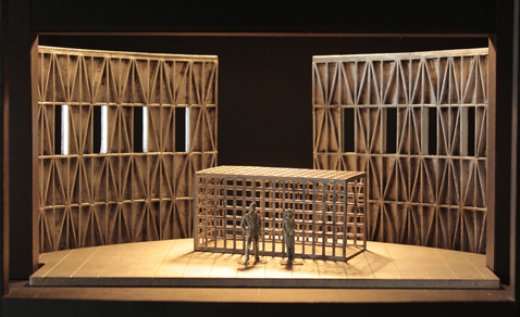The plot is based on the poem Tristan of Gottfried von Strassburg, which is inspired by the story of Tristan told in French by Tommaso di Bretagna in the twelfth century. Wagner condensed the story into three acts, almost completely separating it from the original story and loading of mold Schopenhauer's philosophical allusions. Decisive for the preparation of the work was the love elapsed between the musician and Mathilde Wesendonck (wife of his best friend), destined to remain unfulfilled. Wagner was a guest of the Wesendonck in Zurich, where every day Mathilde could admire page at the evolution of the composition. He moved to Venice to escape the scandal, Wagner was inspired by the nocturnal atmosphere of Venice, where he wrote the second act, where he drew the idea for the prelude of the third. Completed in Lucerne in 1859, Tristan was initially proposed to the theater in Vienna, where, however, was rejected judging unenforceable. Six years later the drama could be represented for the first time in Monaco in 1865, with the support of Ludwig II. The critical period is divided between those who saw in this an absolute masterpiece and those who saw it as a composition incomprehensible. Of the latter figure, the Austrian critic Eduard Hanslick, known for his conservative positions in music. It was the attitude of Hanslick to give Wagner the idea for the character of Sixtus Beckmesser in The Mastersingers of Nuremberg.

